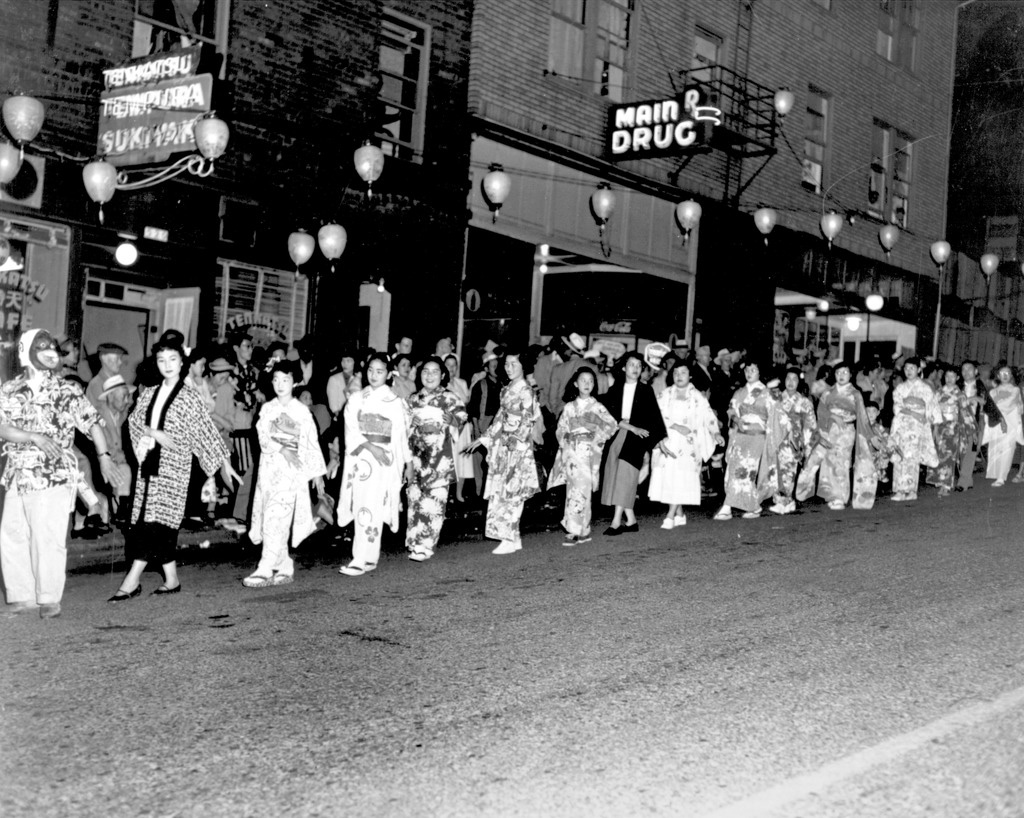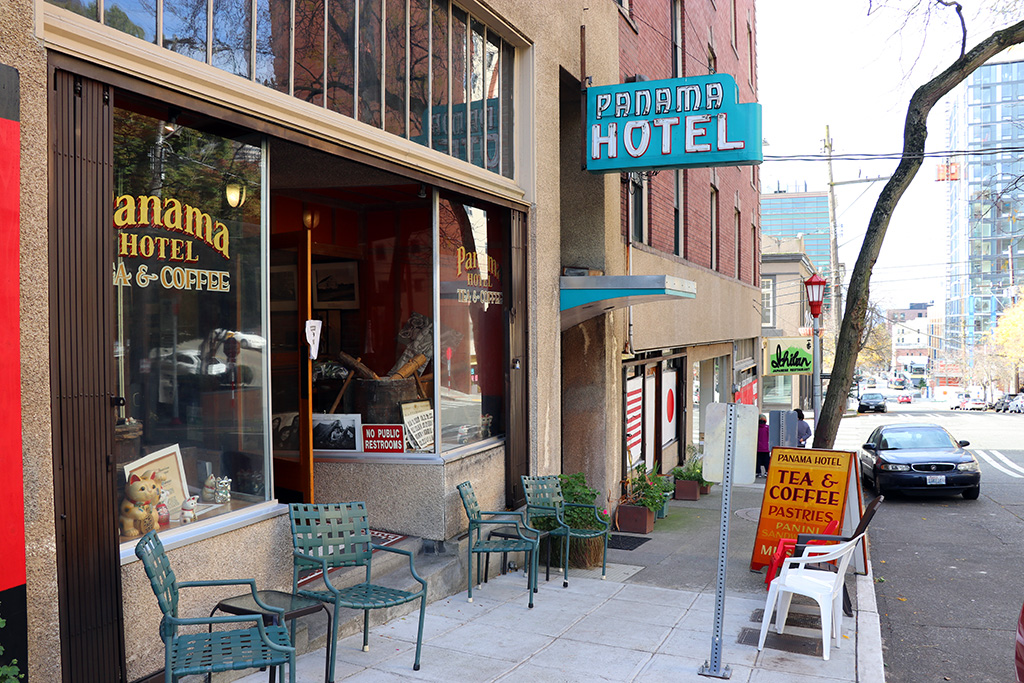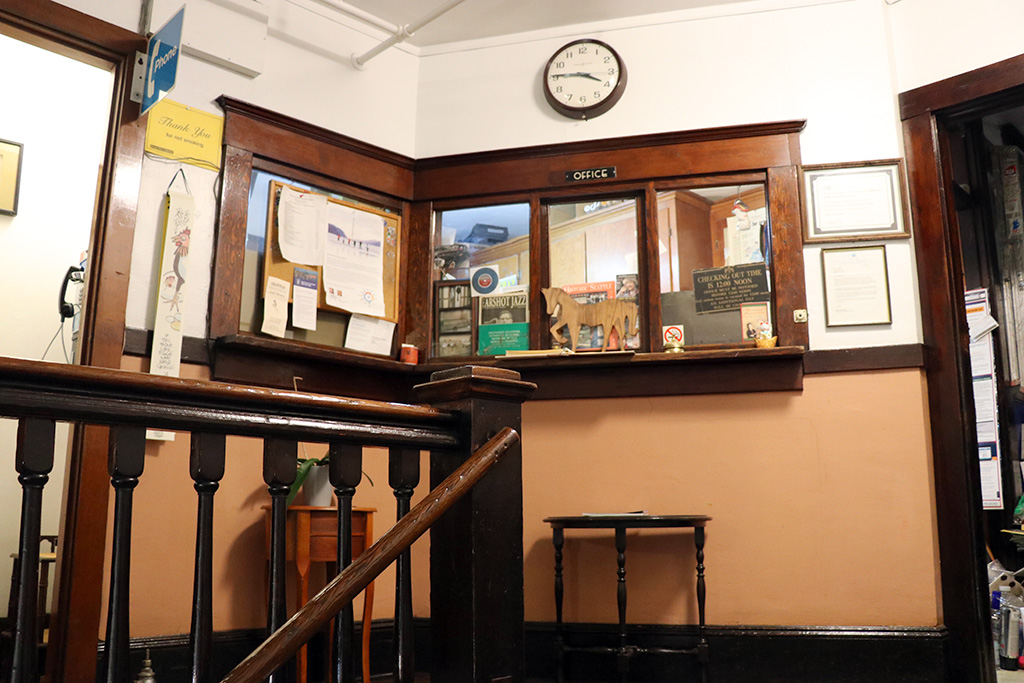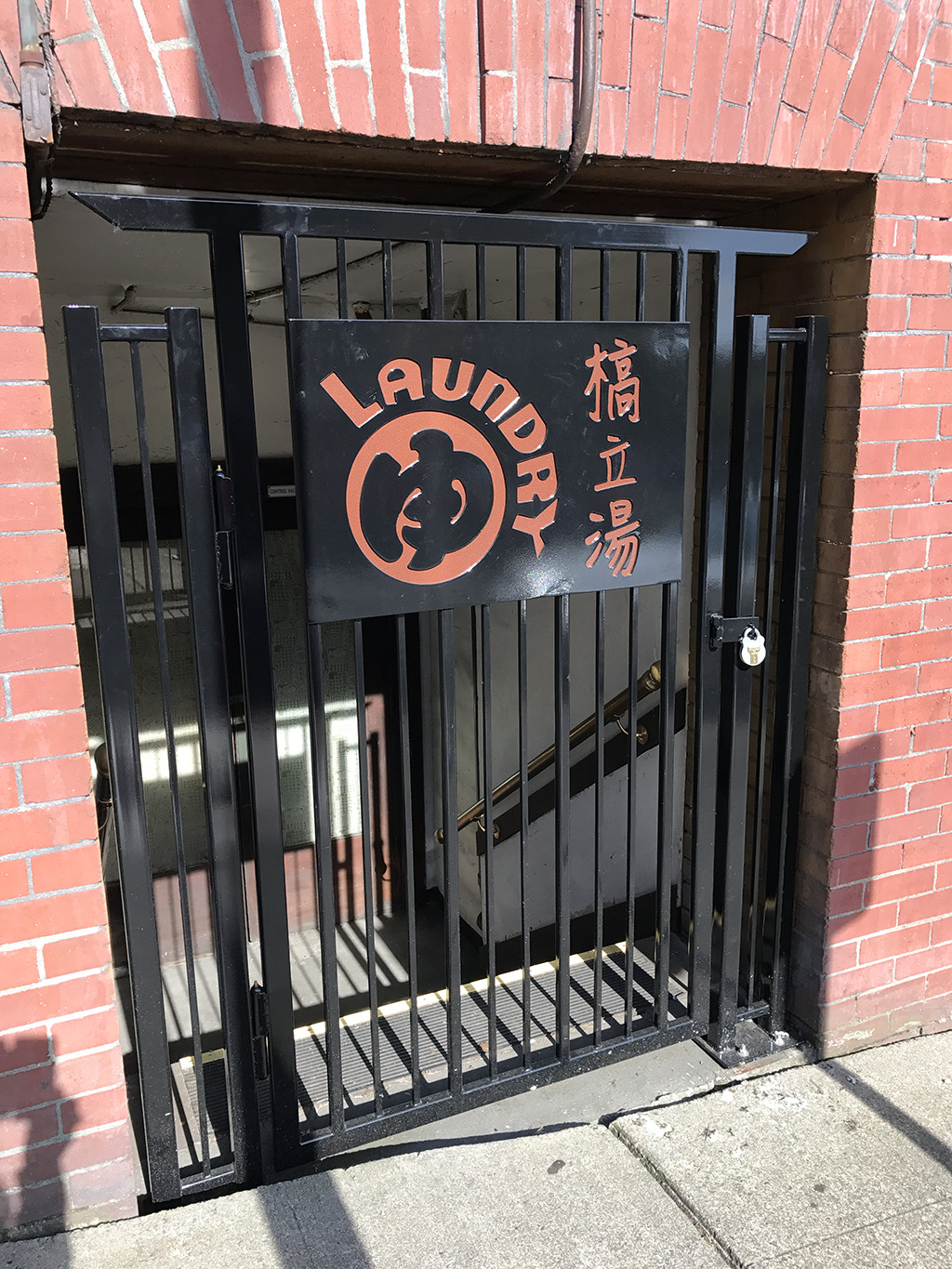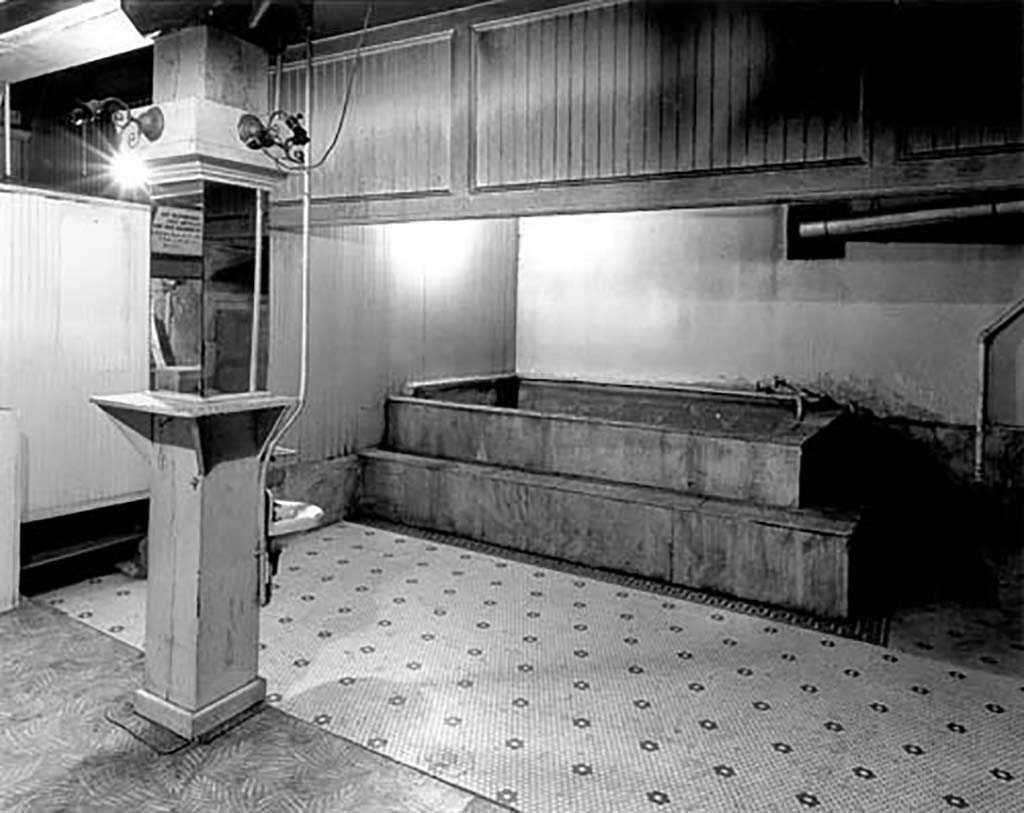-
Intersection of 6th and Main
6th Avenue S and S Main Street
Intersection of 6th and Main
This intersection was the heart of Japantown (Nihonmachi). The northwest corner of this intersection was redeveloped in 1979 as the Imperial House apartments, a high-rise low-income apartment project that replaced several wooden-frame SRO hotels that were on this block. In addition to the loss of housing in these buildings, a number of Japanese American commercial stores were lost including the Mitsuwado Store that sold fishing supplies and household goods, the Hamada Variety store with its small soda fountain, and the Sagamiya sweet shop that was known for its wagashi, a sweet treat that was typically made of mochi (rice flour dough) and a sweet pureed red or white bean paste. Because of its lively commercial core, this key location was selected by the Japanese American community to be the location of the annual Bon Odori (festival dance that is performed during Obon, which is an annual event that commemorates a person’s ancestors). The Obon was and is a time of food, folk dancing, and performances. The Obon is still celebrated in Seattle at the Betsuin Buddhist Temple. [Stop 26]
Panama Hotel: Built in 1909, the 94-room Panama Hotel is the only Seattle SRO that was designed by Sabro Ozasa, a Japanese architect and engineer. The building, located on the southeast corner, was commissioned by Ushitaro Ota and constructed for the World Real Estate Commercial Company where Ota served as president and treasurer. Ozasa included a furo, or Japanese bathhouse, in part of the basement of the hotel with a separate entrance on the west side of the building. The Hashidate-Yu bathhouse was one of nine such facilities in the CID and the last one to close in 1950. It is the only completely intact Japanese bathhouse in the US. Part of the basement became a repository for the personal effects of Seattle’s Japanese American community during their WWII incarceration. Suitcases and trunks of clothing, photos, toys, usu (large mill stone and pestle for grinding mochi), kitchen items, and gardening tools were all left behind; some of which were not reclaimed. In 2015, the Panama Hotel was designated as a National Treasure by the National Trust for Historic Preservation, the only one in Seattle and one of 60 such designations in the United States.
N-P Hotel: The N-P Hotel, just down the hill from the Panama Hotel on 6th Avenue, was built in 1914 and designed by John Graham, Sr. whose firm was known for larger commercial designs such as the Bon Marche (now Amazon), Frederick & Nelson (now Nordstrom) stores in the north downtown, and office buildings such as the Dexter Horton, and the Exchange buildings that are in the central business district. The N-P is one of the few hotels where the reason for its name is known and in honor of the Northern Pacific rail line. The N-P was considered an upscale SRO for Japantown because of its elevator that serviced the six floors. Visiting Japanese baseball teams from throughout the West Coast, Vancouver, BC, and Japan were frequent patrons of the hotel. The 130-room hotel and two commercial storefronts experienced the longest management and eventual ownership under the Shitamae brothers, Niroku and Shihei. Maneki Restaurant that occupies one of the commercial spaces has been part of Japantown’s history since 1904 and is believed to be the longest standing Japanese restaurant in the country. In 1994, the hotel was renovated by Interim Community Development Association into 63 units of low-income housing that includes one floor of single rooms.


